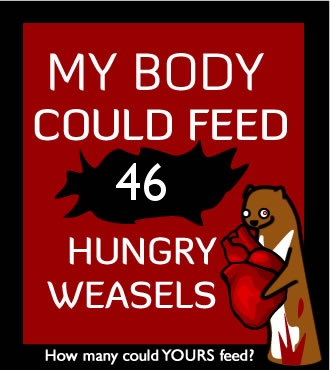In 1920 the spitball was outlawed in baseball. Arguably this was in response to the death of Ray Chapman of the then Cleveland Indians, who was hit with a ball and killed while at the plate. Witnesses state that he never attempted to avoid the ball, which led to speculation that he never saw it coming. This was the end of the era known as the dead-ball era in baseball, which I wrote about previously in “Into the Swing of Things”.
The dead-ball era was characterized by the use of balls that literally wore out and died during the game, because they were practically never replaced. Knowing this, every pitcher considered it his responsibility to hurry along the death of the ball with the application of any and every substance possible: spit, tobacco juice, grease, licorice, sand paper, nail files, nails, blades, spikes, you name it. Dead balls were hard to see clearly. It is unknown if the ball that hit Chapman was simply dead from over use, or if the pitch was a spitball, as many speculate. According to the Society of American Baseball Research, pitcher Carl Mays was famous for his spit ball (then legal), and the sound of the ball hitting Chapman’s skull was so loud that Mays thought the ball had been hit by the bat, fielded it, and threw it to first. Chapman died twelve hours later. His team went on to win the World Series.
Spitballs were banned that year. Batting helmets were not made mandatory until 1971.
Since 1920 we have been in the ‘live-ball’ era. Balls are replaced routinely. Spitballs, shine balls, mud balls, emery balls, and cut balls are illegal. The reason for this is that dead or manipulated balls are no longer smooth or truly round; therefore, they fly through the air with an unpredictable trajectory.
When a ball is thrown, it rotates while in the air. So long as the ball is essentially the same everywhere on its surface, with the center of mass being at the center of the ball, the rotation is symmetrical and the ball flies straight and true. As soon as you change the surface, you change two aspects of the ball. First, you change the airflow over the ball, or friction. Second, if you change the outside enough, the ball is no longer round, and the center of mass is shifted away from the center.
Lets deal first with friction. Friction induces drag, or resistance to flow. If there is more drag on one part of the ball, caused by say, roughing up the surface, then it is not going to slide through the air as easily at that point. Air slides easily past all the other points, and the rough bit actually starts to be slowed down relative to the rest of the ball. The result is that a rotation is going to be caused at that point. Hence, the trajectory of the ball will eventually begin to curve.
Shifting the center of mass causes a similar problem. If you have ever tried to spin a top, you know that if you keep the handle or center bit straight and true, and in the center of the top, the top spins cleanly. As soon as you move the handle to one side, you’ve got wobble. Out-of-round baseballs with a shifted center of mass will wobble during the pitch in much the same way.
Of course, really good pitchers can pitch the dry spitter; legal because nothing is being added to the surface of the ball, so- named because they behave like spitballs. Knuckleballs and split-balls fall into this category. By controlling the release of the ball, the pitcher can control the spin of the ball and therefore the flow of air over the ball. Knuckleballs don’t spin as much, or at all, compared with fastballs. This makes them slow. Without spin and, importantly, without speed, the differences in airflow over the smooth parts of the ball compared with over the stitches are more pronounced. The points on the ball with stitches experience increased drag, and the ball’s trajectory eventually will tend to curve around those points. Faster pitches like the split-ball rely on basically this same principle –controlling the release of the ball so that you can impart a predictable rotation or drop onto the ball’s trajectory.
Thursday, April 2, 2009
Spitballs, Splitballs, Dry Spitters, and Physics
Labels:
airflow,
baseball,
center of mass,
dead-ball era,
drag,
friction,
knuckleball,
physics,
rotation,
spitball,
split-ball
Subscribe to:
Post Comments (Atom)






No comments:
Post a Comment